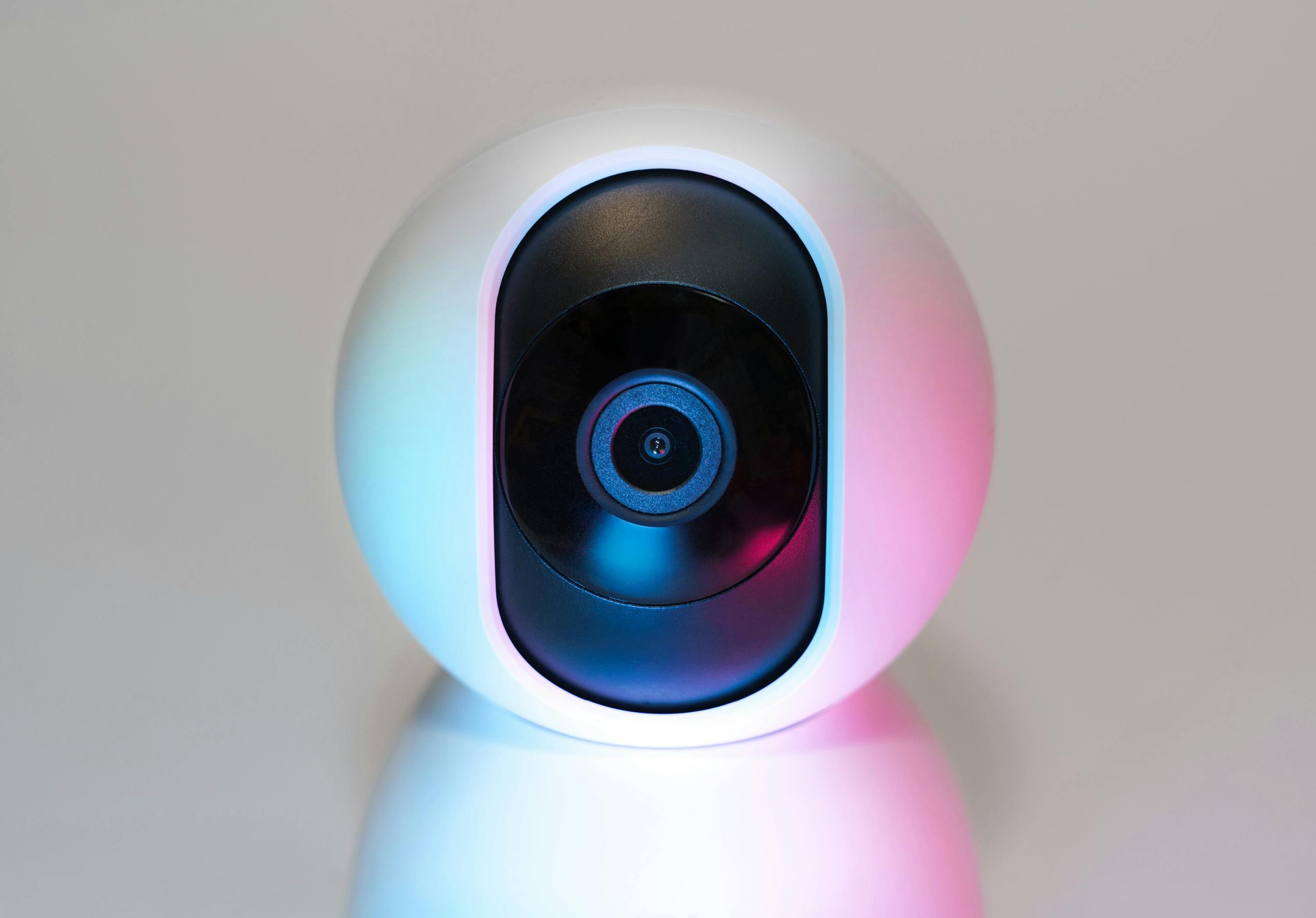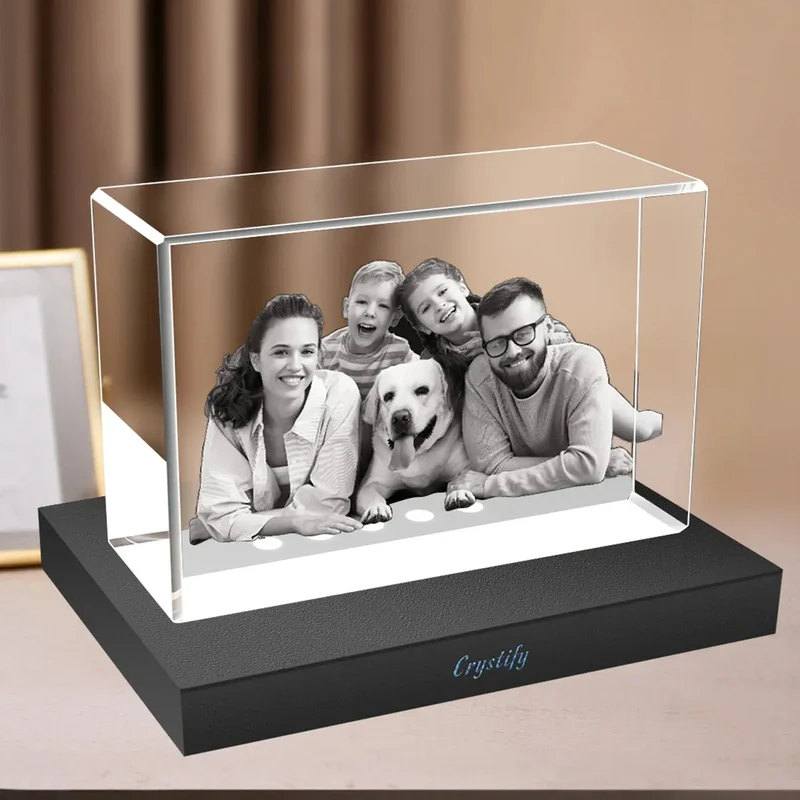Building a Safer Home Environment
For homeowners, creating a secure living space goes beyond locking doors and windows. Professional security camera installation can provide 24/7 monitoring, deter unwanted activity, and help protect loved ones. Knowing the best practices for installing and maintaining your system can make all the difference in how well it serves you.
Plan Before You Install
Before starting a security camera installation, evaluate your property’s layout. Identify vulnerable areas such as entrances, driveways, backyards, and side gates. A thoughtful plan ensures comprehensive coverage and minimizes blind spots.
Choose the Right Equipment
The effectiveness of your security camera installation depends heavily on the quality and features of the cameras you select.
- High-Resolution Imaging – Provides clear footage for easy identification.
- Night Vision – Maintains visibility in low-light environments.
- Weatherproof Housing – Ensures outdoor cameras can withstand the elements.
- Wide-Angle Lenses – Covers more area with fewer devices.
- Motion Detection Alerts – Notifies you of unusual activity in real time.
Positioning for Maximum Coverage
Strategic placement is essential for an effective security camera installation.
- Front Door – Monitor visitors and deliveries.
- Back and Side Entrances – Deter unauthorized entry.
- Driveway and Garage – Keep an eye on vehicles and tools.
- Yard and Outdoor Spaces – Protect sheds, pools, or play areas.
Cameras should be installed at a height that captures a clear view without being easily tampered with.
Don’t Forget Indoor Security
While many focus on the exterior, an indoor security camera installation can protect valuables, monitor pets, or keep an eye on housekeepers and maintenance workers.
Professional vs. DIY Installation
Although DIY options exist, professional security camera installation ensures optimal setup. Experts can recommend ideal locations, handle wiring, and integrate your cameras with mobile apps or alarm systems.
Maintain Your System
A security camera installation is only effective when it’s functioning properly. Regularly check camera feeds, clean lenses, and update software. Test your system periodically to confirm it’s capturing and storing footage correctly.
Use Remote Monitoring
Modern security camera installation allows for remote viewing from smartphones or computers. This enables you to check on your property anytime, receive alerts, and quickly address potential issues.
Final Thoughts
Security camera installation is one of the best ways to enhance home safety. By planning carefully, selecting quality equipment, and maintaining your system, you can create a secure environment for your family. Following these tips ensures that your cameras not only capture events but also help prevent them, giving you confidence and peace of mind.


